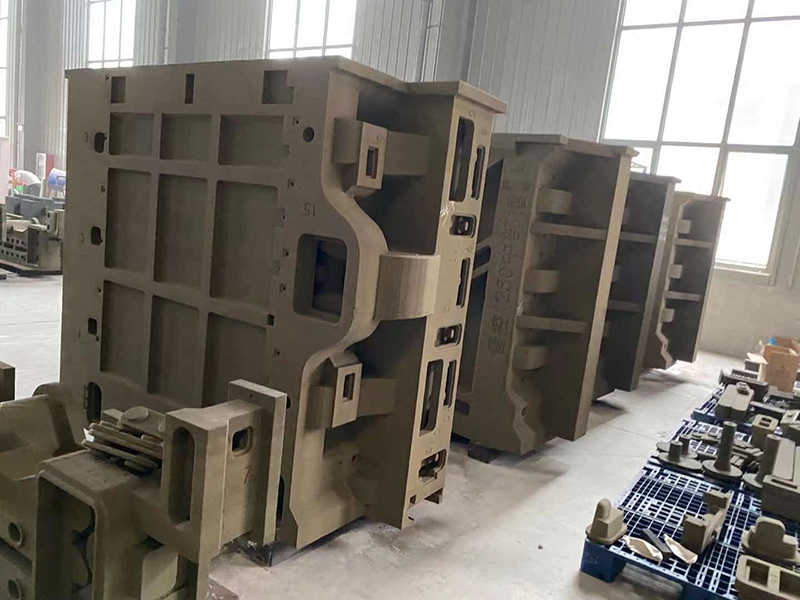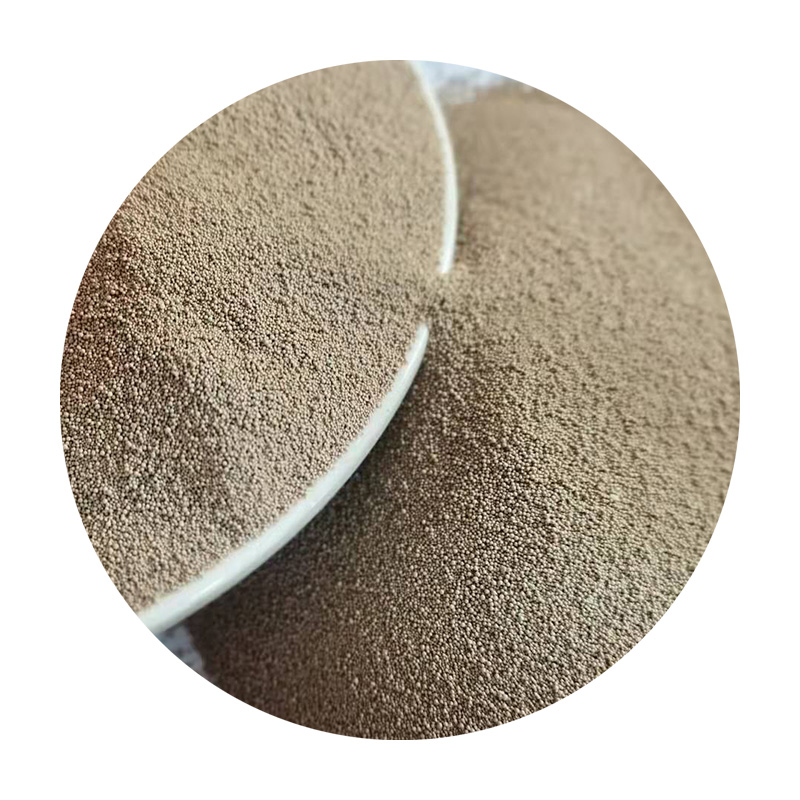Ceramic sanding discs have revolutionized the world of abrasive tools, offering precision and efficiency that were once thought impossible. As an expert in surface finishing solutions, one can attest to their transformative impact on various industries, from automotive to woodworking. Their unique composition allows these discs to outperform traditional sanding methods, providing a seamless blend of durability and performance.

The expertise embedded in the development of ceramic sanding discs stems from an understanding of both material science and application techniques. Developed through rigorous testing and feedback from industry professionals, these discs utilize ceramic grains—a breakthrough in abrasive technology. Ceramic grains are harder and sharper than aluminum oxide or silicon carbide, two common materials in traditional sanding discs. This fundamental difference ensures a faster cut rate, allowing users to achieve finer finishes in less time and with less effort.
Authoritativeness in the use of ceramic sanding discs is seen in their widespread adoption across critical sectors. For instance, in automotive manufacturing, these discs are the go-to solution for achieving perfectly smooth surfaces on car bodies, readying them for flawless paint application. Their high cutting efficiency translates to reduced operation time, adding a tremendous cost-savings advantage. Furthermore, their durability means fewer disc changes during a project, contributing to continuous work flow and less downtime.

Trustworthiness in the performance of ceramic sanding discs is built on consistent results. Users repeatedly experience extended disc life due to the self-sharpening nature of ceramic abrasives. As the disc wears, new sharp edges are continuously exposed, maintaining an aggressive cut throughout the lifespan of the disc. This longevity directly correlates with lower consumption rates, establishing them as a cost-effective choice for both small-scale artisans and large-scale manufacturers.
ceramic sanding discs
Experience tells us that the transition to ceramic sanding discs involves a learning curve but rewards users with unparalleled results. Adaptation involves understanding the varying grades and choosing the appropriate grit for the desired surface quality. Industry veterans often recommend starting with a medium grit for general sanding and moving to finer grits for finishing. The tactile feedback experienced during use—the smooth glide over surfaces—provides immediate assurance of its effectiveness.
Expertise in utilizing ceramic sanding discs also entails maintaining optimal sanders and ensuring proper application techniques to harness their full potential. For example, professionals advise using the right backing pad to distribute pressure evenly across the disc. This not only enhances the finish but also maximizes the disc's lifespan. Additionally, operating at the recommended speed prevents overheating, which can degrade both the disc and the workpiece.
The future of surface finishing clearly leans heavily on innovations such as ceramic sanding discs. They embody a blend of traditional craftsmanship and modern technology, pushing the boundaries of what is possible in sanding and finishing. As manufacturers continue to fine-tune these products, one can anticipate even more tailored solutions to the unique challenges faced in different applications, ensuring that ceramic sanding discs maintain their pivotal role in the pursuit of perfection.
For those vested in surface perfection, ceramic sanding discs represent a quantum leap in sanding technology—ushering a new era where speed, accuracy, and cost-effectiveness unite, setting new benchmarks in the world of finishing.
Post time:ян. . 06, 2025 19:06
Next:ceramic sanding
